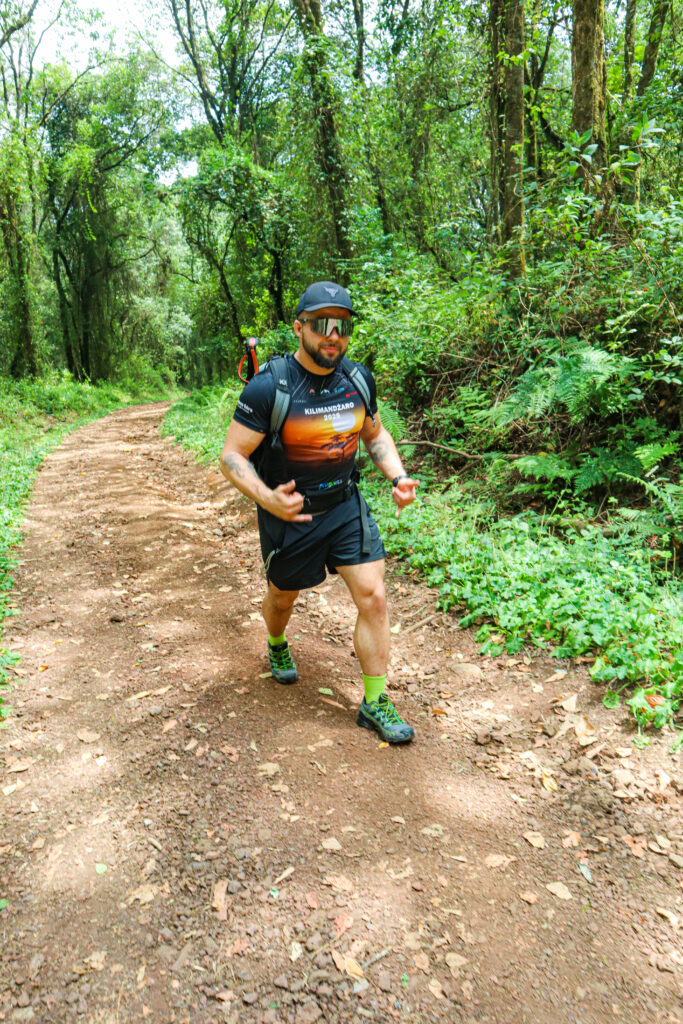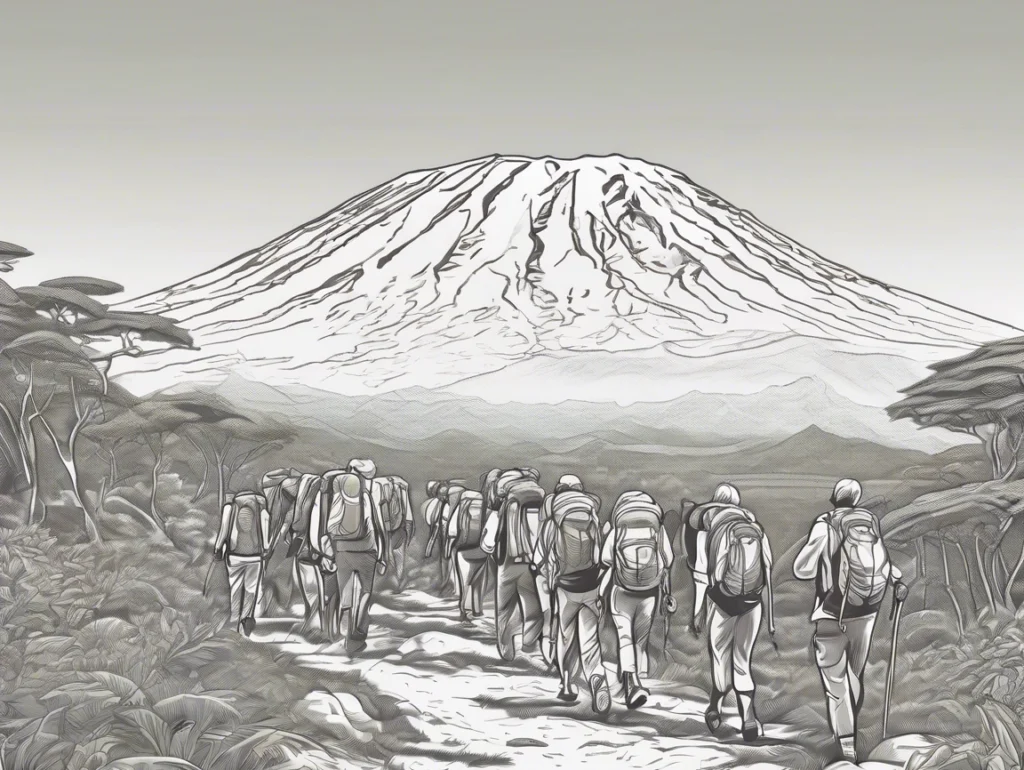How to Train for Kilimanjaro | Beginner to Advanced Fitness Plans
- Home
- How to Train for Kilimanjaro | Beginner to Advanced Fitness Plans

How do I Train to Climb Kilimanjaro?
The best exercise that you can do to prepare for Mount Kilimanjaro is hiking.
The best exercise that you can do to prepare for Mount Kilimanjaro is hiking.
There are training regimens on other operator’s sites which entail strict, extensive, cross-training programs, featuring hiking, running, biking, swimming, weight training, etc. Do not be alarmed by this. Those programs are excessive and unnecessary to sufficiently prepare for climbing Kilimanjaro. The best and perhaps only exercise you need to do is to hike – period. After all, that is what you will be doing on the mountain. Ideally, you should try to hike as much as possible on hills or mountains to simulate ascension on Mount Kilimanjaro. Doing day hikes is superb training. For those who do not have access to trails, but have membership to a gym, you can train very productively on a stair master machine. If you have no access to trails or a gym, then try to walk as much as you can, with extended walks on the weekends.
You should start training for climbing Kilimanjaro at least two months prior to your departure.
If you’ve never hiked before, you should start with shorter time intervals, a slower pace, and no weight (in your day pack) and then gradually increase all of the above as your fitness level improves. Remember that on Mount Kilimanjaro, you will walk slowly for prolonged periods, and carry probably no more than 20 lbs in your day pack. Therefore, in your training, it is better to increase the time interval/distance and keep a slow pace than to shorten the time interval/distance and increase the pace. Try to train three times a week, for at least one hour per session, at a minimum. If you can do day hikes for four to six hours, with moderate elevation changes (~1,000 ft/305 m) while carrying a 20 lb pack, or if you can walk on a Stair Master for 1-2 hours, at 30 steps per minute while carrying a 20 lb pack, then you’re probably ready for the real thing.
Your longest/hardest workouts should be performed two to four weeks before your departure. For the last two weeks, you should taper off your training and in the final days, rest so that your body has time to recover before your actual climb. In addition to walking/hiking, you can also supplement your training with exercises such as running or cycling, which will increase your aerobic capacity.
It is imperative that during Kilimanjaro training, you wear the boots that you intend to climb with so that they are sufficiently broken-in (to prevent blisters). Additionally, you should wear the day pack you intend to carry so you’re your shoulders/back/hips get used to the points of contact and weight (to minimize chafing and soreness).
Lastly, physical training is just one part of getting in shape. If you have an unhealthy lifestyle, use the climb as your motivation to change. Eat more fruits and vegetables. Reduce your red meat consumption. Don’t drink or smoke. Get eight hours of sleep per night. Don’t worry. Be happy.


- +255 756449990
How to Train for Kilimanjaro | Beginner to Advanced Fitness Plans
The best exercise that you can do to prepare for Mount Kilimanjaro is hiking.





prepare for Mount Kilimanjaro is hiking.
How do I Train to Climb Kilimanjaro?
Our Services
This text briefly introduces visitors to your main services.

the best excercise
There are training regimens on other operator’s sites which entail strict, extensive, cross-training programs, featuring hiking, running, biking, swimming, weight training, etc. Do not be alarmed by this. Those programs are excessive and unnecessary to sufficiently prepare for climbing Kilimanjaro. The best and perhaps only exercise you need to do is to hike – period. After all, that is what you will be doing on the mountain. Ideally, you should try to hike as much as possible on hills or mountains to simulate ascension on Mount Kilimanjaro. Doing day hikes is superb training. For those who do not have access to trails, but have membership to a gym, you can train very productively on a stair master machine. If you have no access to trails or a gym, then try to walk as much as you can, with extended walks on the weekends.

Service 2
A short description of the service and how the visitor will benefit from it.

Service 3
A short description of the service and how the visitor will benefit from it.

Service 4
A short description of the service and how the visitor will benefit from it.
Why Choose Us
benefit 1
A short description of the benefit.
benefit 2
A short description of the benefit.
benefit 3
A short description of the benefit.
benefit 4
A short description of the benefit.
Client Testimonials



A Title to Turn the Visitor Into a Lead
© All Rights Reserved.

